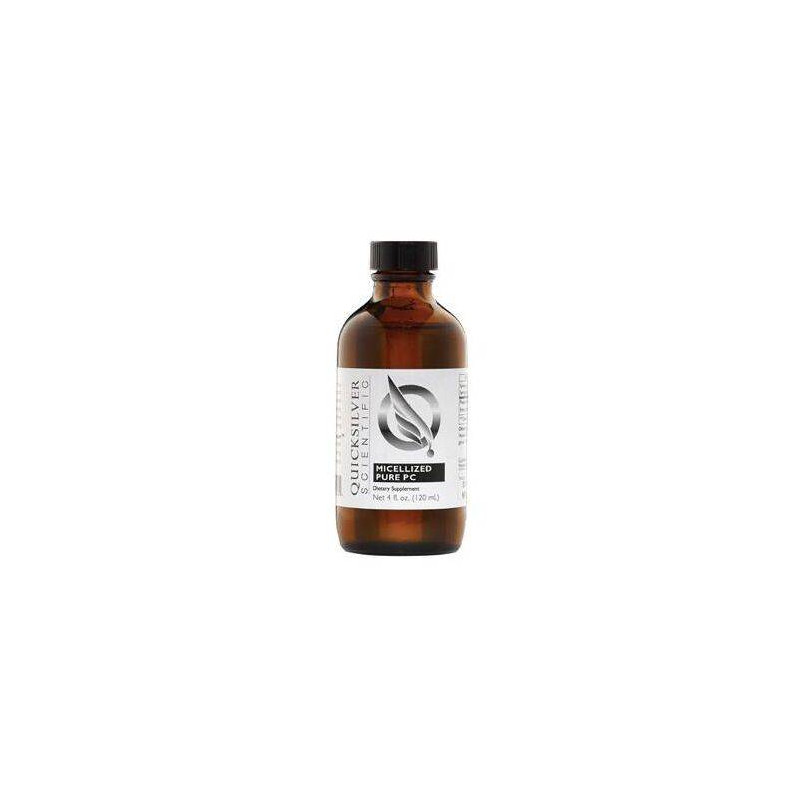- Out-of-Stock




Phosphatidyl Choline (PC) is the most predominant phospholipid building block of animal- and plant-cell membranes, and an integral part of the structure of circulating lipoproteins.
 PICK CANADA POST or Courier and Apply PROMO CODE "FREESHIP300"
PICK CANADA POST or Courier and Apply PROMO CODE "FREESHIP300"
Applies to Douglaslabs, Pure Encapsulation, Genestra, Wobenzyme & Klean Athelete brands only!
Phosphatidyl Choline (PC) is the most predominant phospholipid building block of animal- and plant-cell membranes, and an integral part of the structure of circulating lipoproteins.1 It is a vital component required for cellular and intracellular membrane integrity, structure, and function. PC is a normal constituent of bile and facilitates fat emulsification, absorption, and transport. Although small amounts of choline can be synthesized from methionine or serine, it is considered an essential nutrient and must be obtained from the diet.2 Although thresholds have been established for adequate intake of choline, studies have shown that this may not be sufficient for prevention of symptoms of choline deficiency such as fatty liver or muscle damage.3 The risk of choline deficiency is higher in men, postmenopausal women, vegans or vegetarians, and individuals with genetic polymorphisms related to folate or choline metabolism.1 Supplemental intake of PC is one means of providing sufficient choline for the body’s needs.
Sufficient levels of PC are necessary for many biochemical pathways, supporting critical functions and physiology. This includes fat and cholesterol metabolism, homocysteine metabolism, fetal development, neurocognitive health and development, and liver detoxification of chemicals, heavy metals, and xenobiotics.1,4 Choline provided by PC is a precursor for the synthesis of acetylcholine, an important neurotransmitter centrally in the brain, and necessary peripherally for muscle control and other aspects of cholinergic signalling. Lower plasma levels of PC have been observed in individuals with Alzheimer’s disease and other types of dementia,5 while the protective colonic mucus PC content has been shown to be reduced by 70% in individuals with ulcerative colitis.6 Choline supports the body's antioxidant status, reducing lipid peroxidation,7 and is also a major source of methyl groups via its metabolite trimethylglycine (TMG),1 which is important for Phase II hepatic detoxification.*
Quicksilver’s Etheric Delivery™ Phospholipid Encapsulation System brings the power of intravenous therapy into a convenient oral delivery.* Our Etheric Delivery™ improves upon liposomal technology with smaller, more stable, single-layer spheres made from the highest-grade ingredients available. In addition to exceptional absorption rates, nanospheres like the ones produced by Quicksilver Scientific have demonstrated the ability to cross the blood-brain barrier, deposit their cargo intracellularly and enhance lymphatic circulation of nutrients.8,9 Also, the phospholipids that compose the liposome shell feed the cell membranes;10 this helps ensure the proper function for the absorption of nutrients and the excretion of cellular waste products and toxins.*
General Suggested Usage: Take 1 teaspoonful (5 ml) directly by mouth 1 to 3 times daily. Hold in mouth 30–60 seconds and swallow. Best taken on an empty stomach. Refrigerate after opening. Do not add to hot water.
Production Technology Features:
References: